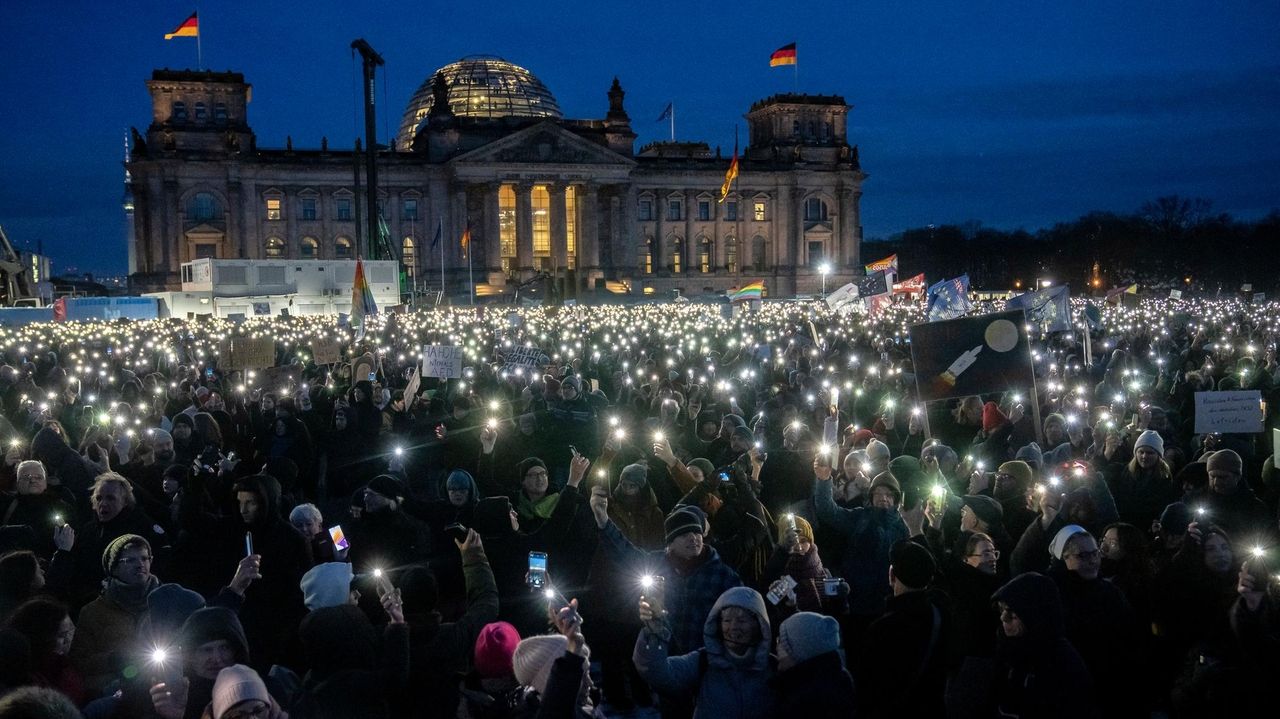BERLIN — When Sabine Thonke joined a recent demonstration in Berlin against Germany’s far-right party, it was the first time in years she felt hopeful that the growing power of the extremists in her country could be stopped.
Thonke, 59, had been following the rise of the Alternative for Germany, or AfD, with unease. But when she heard about a plan to deport millions of people, she felt called to action.
“I never thought such inhuman ideas would be gaining popularity in Germany again. I thought we had learned the lessons from our past,” Thonke said.
Many Germans believed their country had developed an immunity to nationalism and assertions of racial superiority after confronting the horrors of its Nazi past through education and laws to outlaw persecution.
They were wrong.
If an election were held today, the AfD would be the second largest party, according to polls.
But national polls camouflage an important division: the AfD has disproportionate support in the formerly communist and less prosperous eastern states of Germany.
People gather in front of the town hall to attend the rally “Frankfurt stands up for democracy” against the AfD and right wing extremism in Frankfurt, Germany, Feb. 5, 2024. Millions of Germans have been protesting against the rise of the far-right in huge rallies all over the country for weeks in a row, attending events with slogans such as “Never Again is Now.” The protesters have been alarmed by the growing popularity and policies of the far-right Alternative for Germany, or AfD party. Credit: AP/Michael Probst
After the fall of communism in 1989 and the unification of East and West Germany a year later, many people in the five eastern states lost not only their jobs but their collective past, leaving them disoriented and helpless in the capitalist system.
The AfD’s rise has been propelled by anger over inflation and, above all, rising immigration. The EU received 1.1 million asylum requests in 2023, the highest number since 2015. Germany…
Read the full article here

Leave a Reply